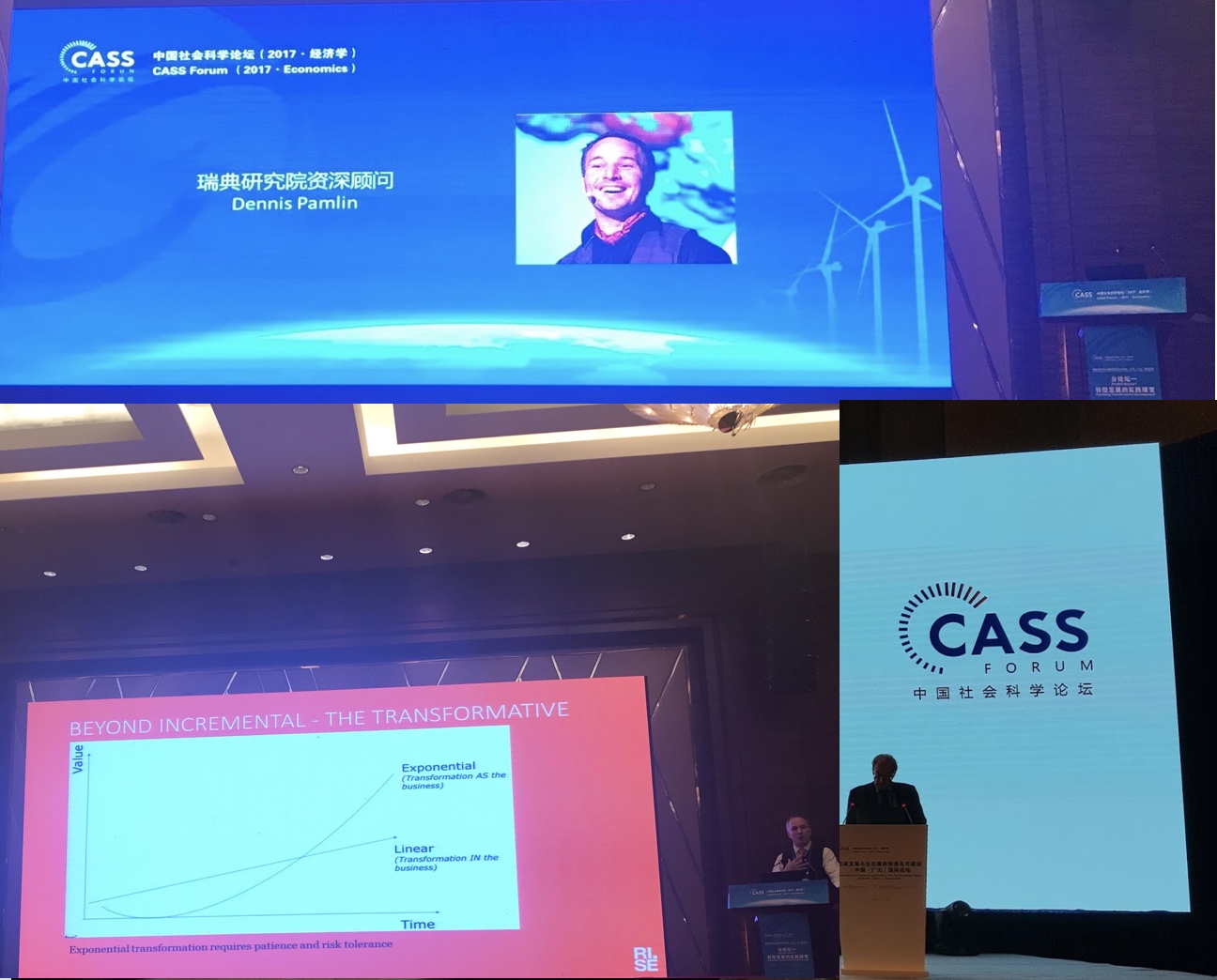The letter below is a very much welcomed support for “Outline for the first global IT strategy for CO2 reductions”. Especially as Japan with experts like Counselor Dr. Takao Shiino and Professor Makoto Yokozawa from
Nomura Research Institute, are among the very leading experts In the world when it comes to the link between ICT and sustainable development.
“Firstly, as one of IT related business entities, who are expected to be the potential solution providers for the low-carbon-society, we would like to congratulate this outstanding report with deep understanding and precise analysis for the future of the global economy.
We would like to emphasize WWF's new report has a special meaning related to the future impact of the IT on society and economy. NRI has been working on the mechanisms of basic social transformation from the traditional industrial economy to the Ubiquitous Network Society. We assume we are facing on over hundred social and systemic issues which include cyber security, identity theft, privacy protection, intellectual properties, lack of common rules for new information services and businesses including 3D virtual worlds, as well as the global warming issues as described in WWF's report. When we use hundreds of IT devices per single person -- this is not an exaggeration, but a reality if we are surrounded by RFIDs and sensor networks -- energy efficiency of such ubiquitous devices is actually an essential bottleneck, and without this consideration, we will not be able to reach the Ubiquitous Network Society forever.
We are specially impressed in the smart categorization of the functionalities of IT on sustainability, as shown by "direct", "indirect" and "systemic" in this report. While the "Green IT Consortium" in Japan has been providing similar concept of "green of IT" and "green by IT", "Systemic" part of IT functionalities seems to be the most important and essential if we think "green" as "Business Innovation". NRI has stressed that "Business Innovation" includes "Business Process Innovation" and "Business Model Innovation", and without innovative and systemic thinking, "green" is only a backward problem which we are forced to solve unpleasantly.
Another impressive point in this report is the concept of "low carbon feedback" and "high carbon feedback". NRI is now collecting and analyzing those systemic best practices as one of the policy issue activities in GBDe, the Global Business Dialog on electronic Commerce. We are focusing on the difference of the types of feed backs, especially between the hardware approaches and the software approaches. Unlike the hardware approaches, the software approaches will have the characteristics of "low-resource feedback", since large scale usage in software does not necessarily mean the linear increase of resource/energy consumption. We believe this would be a good example of the "low carbon feedback".
Also inspired by this report, we have noticed that we need broader viewpoints about "green", to balancing with external issues for consideration, such as security in life, productivity in business, creativity in culture/science and dependability on systems. For example, security issues in cyberspace or anti-terrorism issues are other bottlenecks than "green", and those are also so essential for us to have the future of ideal Internet economy in our hands. Some of the high carbon feedbacks seems to be related to these complex combination of independent issues, and could not be avoided unless finding the way to balance the importance and co-existence of each solutions will be very important to think comprehensive design of future Internet economy.
We would like to add some related concern about WWF's concept of low/high carbon feedback and our future policy proposals to the policy makers. When we think about the feedbacks, we may have to define the range of feedbacks, such as local/national/global levels or single/multiple industry, before we share the clear image of realistic feedbacks from those initiatives.
As many experts say, IT is an essential enabling technology for sustainability. We appreciate the 10 best solutions to reduce carbon footprint shown in this report. These are powerful examples to prove the functionalities of IT. In our analysis, IT has the power of "dematerialization", "optimization", "integration", "visualization" and "structural change", all of which are so fundamental to change the business styles and life styles suitable to sustainability of this world. Also IT has the power to change the behavior of people, which we think commonly integrated in all of WWF's 10 typical solutions. Communication and sharing the knowledge and experiences through the power of IT, will be the "low hanging fruits" we can expect in the next step.
Again, we appreciate WWF's excellent work in this report and we very much look forward to collaborating with WWF in any ways to more deeply analyze the mechanisms of greener Internet economy.”
Counselor Dr. Takao Shiino
Professor Makoto Yokozawa
Nomura Research Institute, Ltd.































